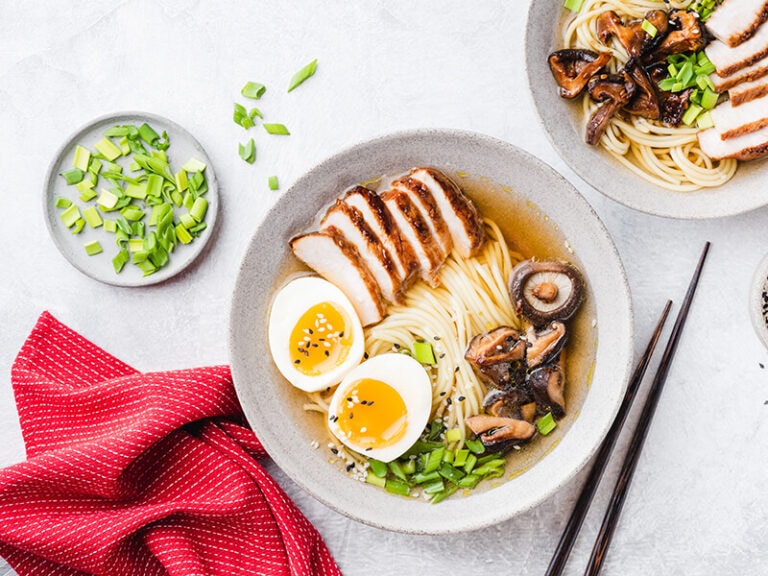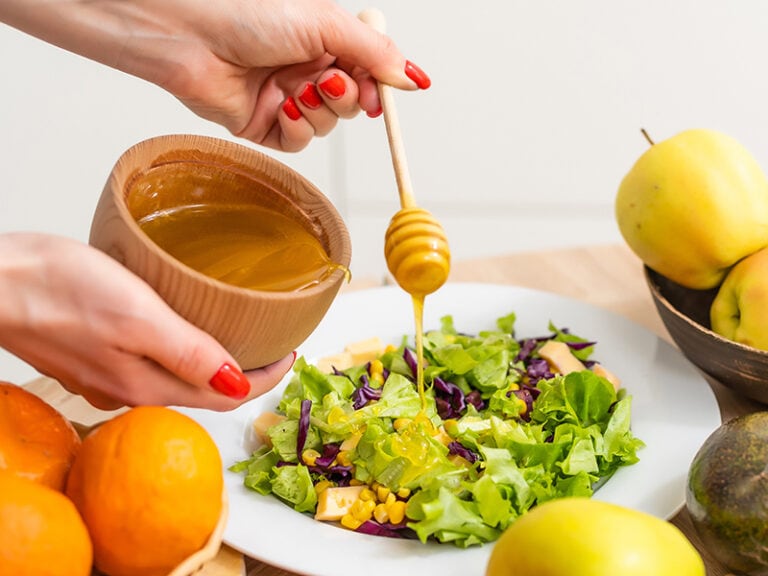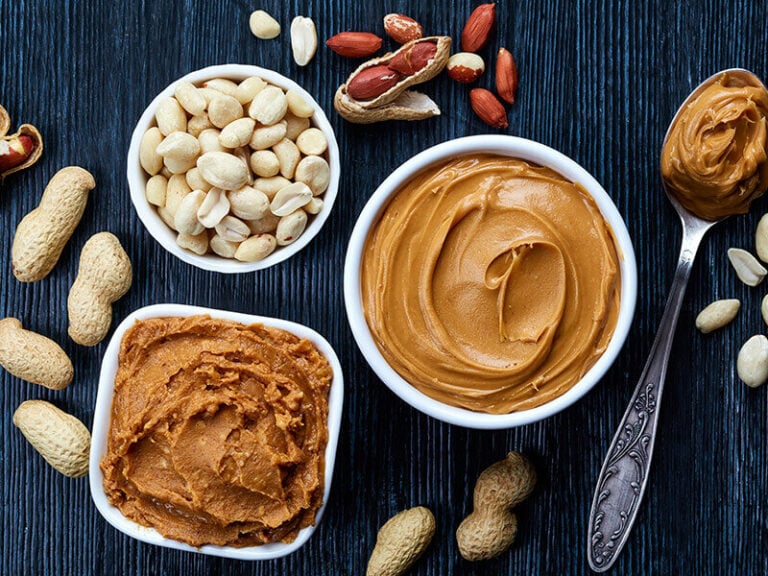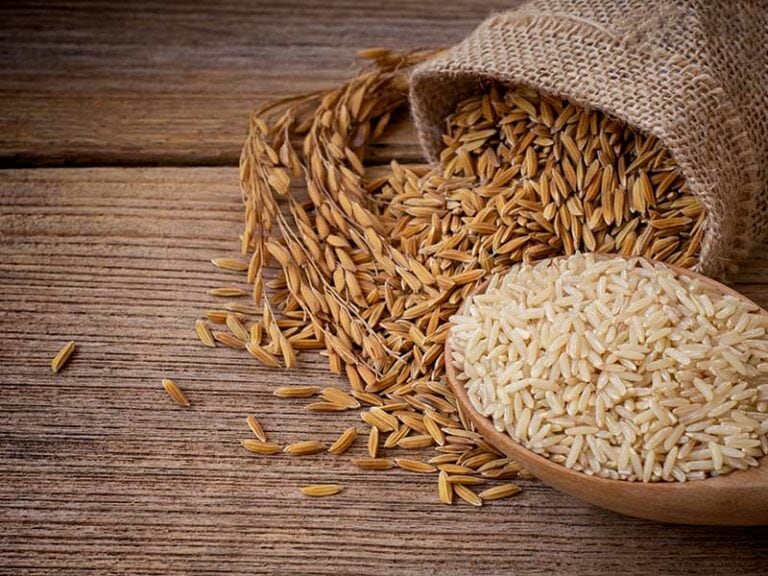How many oz in a quart is a more complex question than it seems. As it turns out, 32 ounces are not always equal to 1 quart! So what’s the correct answer?
In this post, I’ll provide you with an easy-to-understand explanation about ounces to quarts conversion and some handy charts that you can easily use in your daily life.
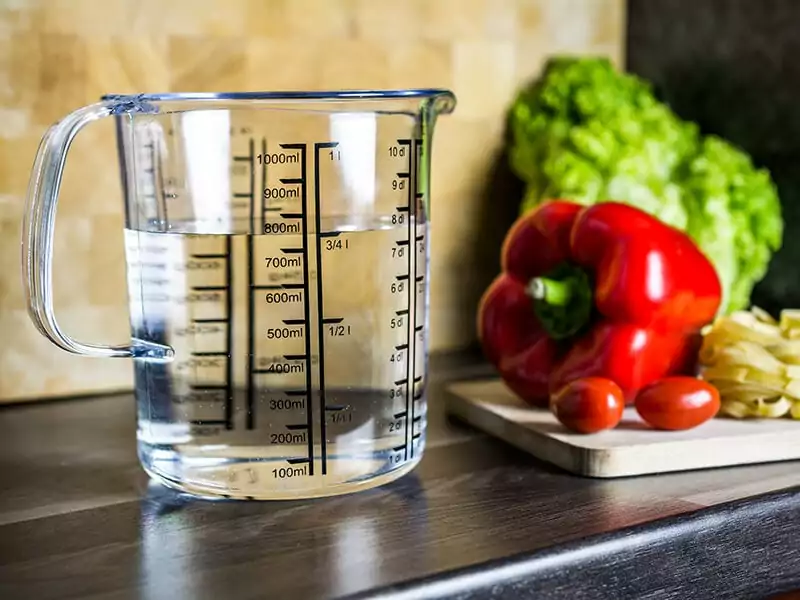
Let’s Talk About The U.S Measurement System
First, let’s get you familiar with some of the most common measurement units used in cooking. Take a look at the table below.
There are 3 systems of measurement in the world: The International System of Units (S.I. or metric units), the Imperial system, and the U.S. customary units.
While the SI system utilizes metric units (gram, litter, meter) for measurement, you’ll find units such as ounce, pound, or quart in both the Imperial system and the U.S. system.
Both an ounce and a quart are volume measurement units. 4 quarts make 1 gallon, and 2 pints are equal to a quart.
There’s a reason why the US uses a different system from most of the world. Watch this video to know:
However, there’s a slight difference between the U.S. system and the Imperial system when it comes to calculating these units.(1)
For example:
1 US fluid ounce = 29.57 milliliters
1 Imperial fluid ounce = 28.41
However,
1 US liquid quart = 946.352946
1 Imperial liquid quart = 1136.52297 milliliters
In this article, I’ll only talk about the U.S. measurement system.
Additionally, the U.S. system has two different sets of units for measuring fluid and dry (as seen in the table above). You have a quart and a dry quart, then a fluid ounce and an ounce.
Now, why is this necessary? I’ll answer your question in the next section so keep reading.
Fluid Volume And Dry Volume, What’s The Difference?
Fluid volume is used to measure wet or fluid ingredients such as water, milk, or oil. On the other hand, dry volume measures dry products like small fruits (raspberries, blueberries), dried beans, vegetables, and sometimes seafood.(2)
Because many ingredients don’t share the same volume to mass ratio, it’s necessary to assess them by different measurement units.
Remember that old riddle: What is heavier, a pound of feathers or a pound of lead? In reality, they both weigh 1 pound (mass), but the feathers will take up much more space (volume) than the lead.
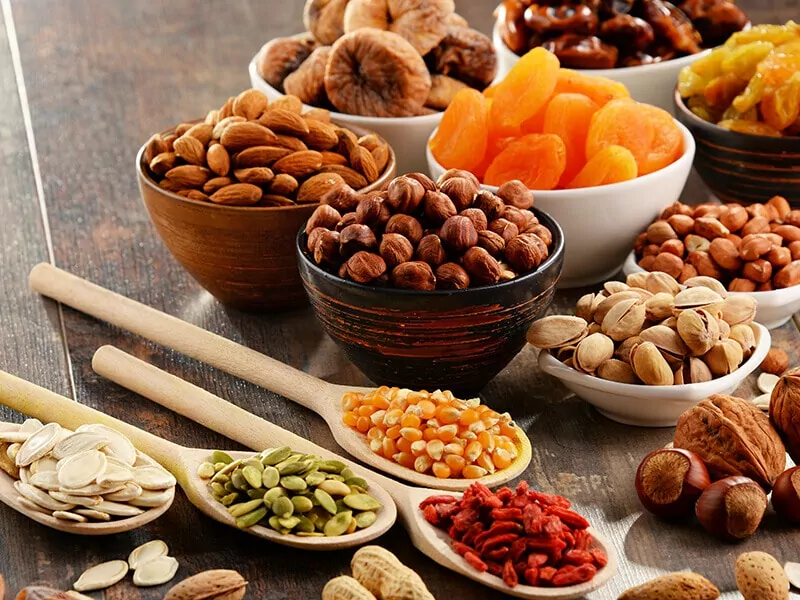
In other words, to answer the question “how many oz in a quart?” correctly, you should only convert products that are equal in volume and mass.
Moreover, when converting between ounces and quarts, don’t forget to change liquid quarts to fluid ounces and dry quarts to ounces.
Since both ounces and fluid ounces can be written as “oz” for short, people often find them confusing. Likewise, liquid quarts and quarts also share the same “qt” abbreviation.
But don’t worry, I’ve got you covered. Below are 2 quick and simple conversion charts for both dry and fluid ingredients that you definitely don’t want to miss.
Why Is It Necessary To Convert Ounces To Quarts?
Simply speaking, it all boils down to your convenience when cooking.
Sometimes you’ll come across ingredients listed in units that you’re not familiar with. Other times, you’ll have to make a bigger or smaller serving based on the number of people on the dining table.
In those situations, you’ll save a lot of time (and save yourself from a headache) if you have all the necessary conversions right within your reach. With time, you’ll be able to master every measurement unit, and cooking will be a breeze.
Ounce To Quart, For Liquid
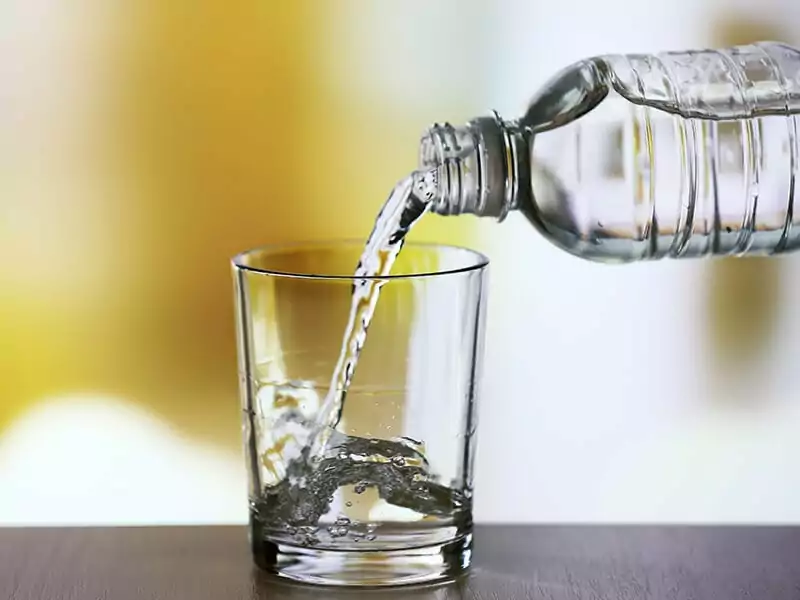
Remember, liquid quarts and fluid ounces are used when converting liquid ingredients such as milk, water, oil, or butter. However, they both can be shortened to just qt and oz.
Here’s a handy conversion table for a quick solution:
| Liquid Quarts | Fluid Ounces |
| 0.03125 qt | 1 fl oz |
| ¹⁄₁₆ qt | 2 fl oz |
| ⅛ qt | 4 fl oz |
| ¼ qt | 8 fl oz |
| ½ qt | 16 fl oz |
| ¾ qt | 24 fl oz |
| 1 qt | 32 fl oz |
| ⁵⁄₄ qt | 40 fl oz |
| ³⁄₂ qt | 48 fl oz |
| ⁷⁄₄ qt | 56 fl oz |
| 2 qt | 64 fl oz |
| 3 qt | 96 fl oz |
| 4 qt | 128 fl oz |
When it comes to converting between units, butter is one of the most regularly asked ingredients. If you’re wondering how many ounces or quarts there are in a stick of butter, don’t miss the table below.
| Sticks | Liquid Quarts | Fluid Ounces |
| 2 sticks | ¼ qt | 8 fl oz |
| 1 + ½ sticks | ³⁄₁₆ qt | 6 fl oz |
| 1 stick | ⅛ qt | 4 fl oz |
| ⅔ stick | 0.083 qt | 2 ⅔ fl oz |
| ½ stick | ¹⁄₁₆ qt | 2 fl oz |
| ⅛ stick | ¹⁄₆₄ qt | ½ fl oz |
For Dry Goods, Change Up The Number A Bit
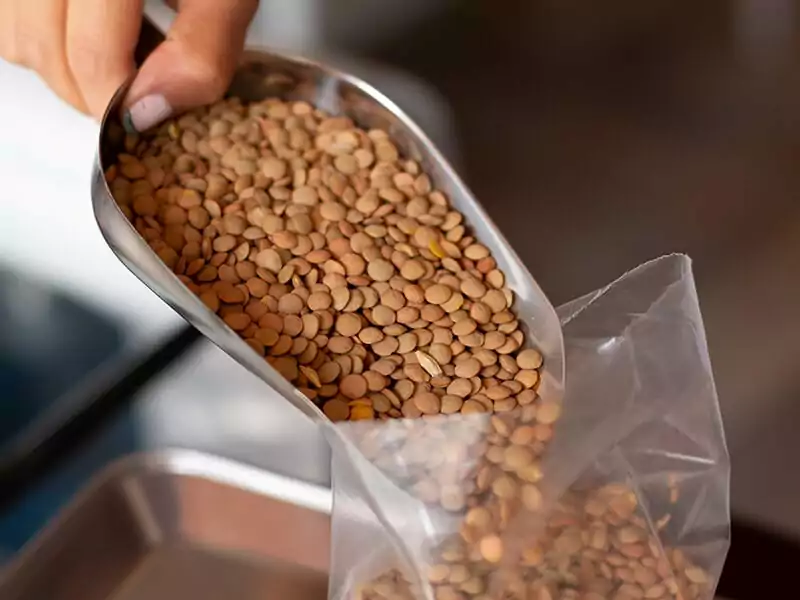
As mentioned above, dry ingredients are measured by ounces and dry quarts (oz and qt in short). Since there’s a small difference between dry quarts and quarts, their ounces equivalences are not the same.
Refer to this table for a simple ounce to dry quart conversion.
| Dry quarts | Ounces |
| ¹⁄₁₆ qt | 2.326875 oz |
| ⅛ qt | 4.65375 oz |
| ¼ qt | 9.3075 oz |
| ½ qt | 18.615 oz |
| 1 qt | 37.23 oz |
| 2 qt | 74.46 oz |
| 3 qt | 111.69 oz |
| 4 qt | 148.92 oz |
Other Common Conversions
In the U.S. measurement system, there are also other units apart from ounces and quarts such as gallons, pints, or cups. In case you need to change your quarts and ounces into one of these units, here’s a quick table of other common conversions.
For Liquid Ingredients
For Dry Ingredients
FAQs
Still have more questions about these confusing measurement units? You’re likely to find the answers in this FAQs section.
Quart Or Oz, You Have Mastered Them All
Although measurement units can be a pain in the neck to deal with, I believe that you should have no problem with them now. That said, I still recommend buying a kitchen scale for the most accuracy, especially when you’re dealing with dry ingredients.
If there’s something else that you’d like to know, please let me know in the comment section. It’ll also be a big help if you could like and share this article!
References
- Committee, T. B. C. A., (2015). Imperial and U.S. Systems of Measurement [online]. BCcampus Open Publishing – Open Textbooks Adapted and Created by BC Faculty.
- Contributors to Wikimedia projects, (2002). United States customary units – Wikipedia [online]. Wikipedia, the free encyclopedia.


